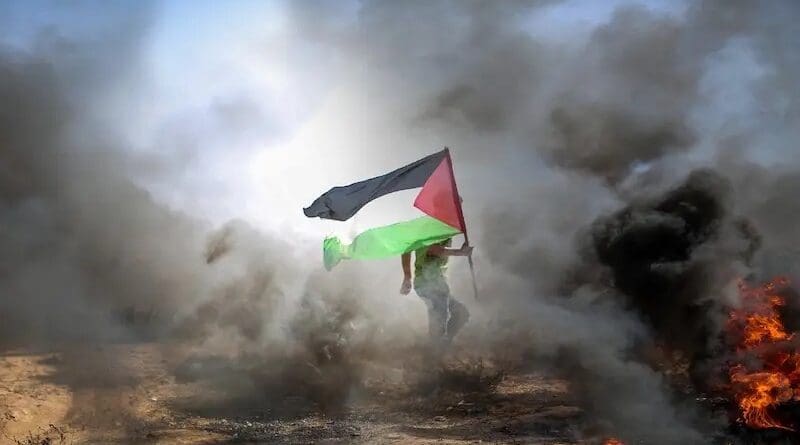The Paris Proposal And Its Drawbacks For The Palestinian Resistance
By Peoples Dispatch / Globetrotter News Service
In the last weekend of January, intelligence officials from Israel, the U.S., and Egypt, along with Qatari authorities met in Paris to discuss a proposal for a truce between Israel and the Palestinian resistance.
The Paris proposal is not a ceasefire, but a humanitarian pause. The first phase would see a 45-day pause in all hostilities along with the release of all Israeli hostages in Gaza who are under the age of 19 or wounded, in exchange for an agreed-upon number of Palestinian prisoners.
The number of days of the pause in the second phase has not been determined, but it envisages the release of Israeli military personnel, in exchange for an agreed-upon number of Palestinian prisoners, and an increase in the amount of aid flowing into Gaza. Reportedly, there has also been talk of the second phase including the withdrawal of Israeli forces from dense residential areas, the creation of a no-fly zone in Gaza, and a guarantee for the return of displaced Palestinians in Rafah to Northern Gaza and Gaza city.
The focus of the third phase is to be on the exchange of bodies of the dead for the release of more Palestinian prisoners. This phase would also include a provision to begin dialogue to potentially reach a permanent ceasefire.
The demands outlined by Hamas over the past four months and ratified by other Palestinian resistance factions are disregarded in this proposal. These demands include an end to Israeli aggression in Gaza, the withdrawal of Israeli forces, the lifting of the 18-year siege, and the unlimited entry of aid.

